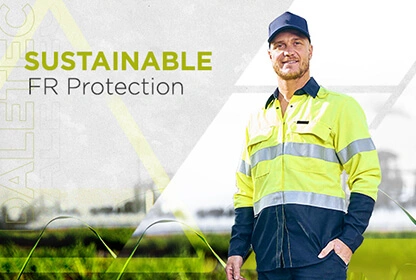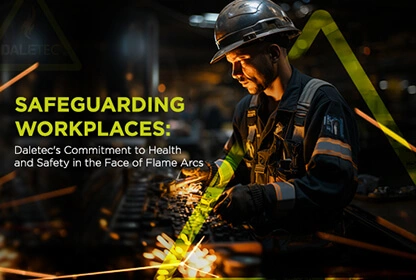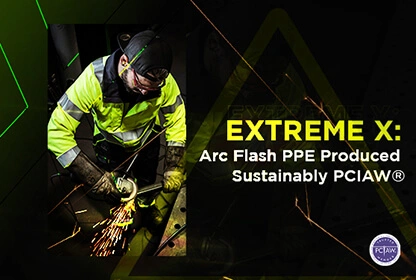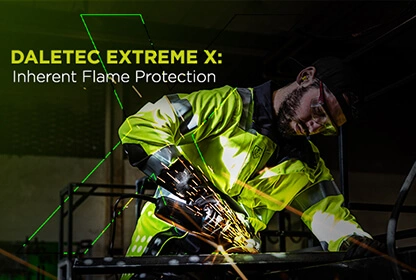July 1, 2019
News & Media
Flash fire incidents and need of Flame Retardant Clothing (FRC)
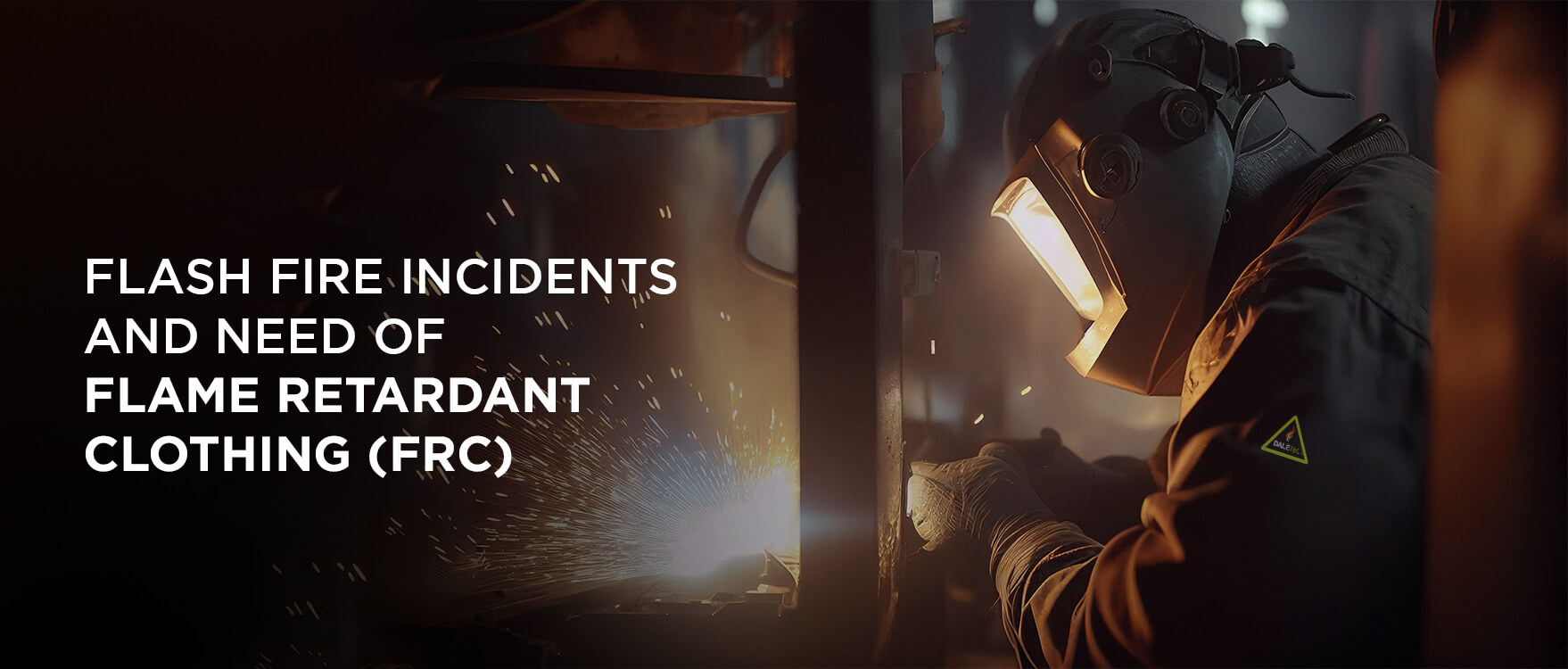
The need of flame-retardant fabric or fire proof fabric protective clothing cannot be underestimated in any industry. Protective clothing is the first layer of protection that guards the workers from disasters and flash fires.
Statistics reveal that flash fires are usually observed to be rare incidents where workers are either badly injured or unable to come out of life threatening situations. In majority of the cases, the chances are extremely high for flash fire incident, for example in the presence of dangerous chemicals and toxic fume it becomes challenging for the protective clothing to limit the fire exposure.
According to the National Fire Protection Association (NFPA), during 2007-2011 an average of 55,390 home fires per year were reported as having begun with the ignition of flammable or combustible liquid as the type of material first ignited. These fires caused an average of 202 civilian deaths per year; 2,708 civilian injuries per year; and $490 million in direct property damage per year.
Several severe incidents including ignition of work clothing led to third-degree injuries. This made other industries such as petroleum, chemical, and petrochemical industries look into their PPE equipment and clothing made out specifically from flame-resistant fabric to improve the survival chances of their workers who are mostly exposed to flash fire threats. The right use of protective clothing provides workers with sufficient time to escape and to avoid severe injuries.
PPE standard was declared mandatory for workers in the oil and gas industry in 2010 by OSHA since the probability of flash fire incidents is higher in this industry. Although it was a step in the right direction, it has given rise to a number of challenges instead of saving the day. OSHA announced that any worker in close proximity to petroleum and gas manufacturing was obligated to wear fire-retardant clothing since they have a higher likelihood of flash fire incident. Since companies were asked to comply with this regulation immediately, the PPE managers in these industries focused their resources on acquiring FR clothing instead of paying attention to the performance quality of these clothing. Their immediate reaction was to buy any low priced fire retardant clothing as the solution. This haphazard implementation of regulating the industry’s use of PPE without ensuring any compliance standards created challenges for the end users.
One such incident was reported in 2012 when an accident occurred because of flash fire resulting from crude oil vapors. Although there were a lot of things that went wrong, the incident could have been avoided if the workers have been wearing flame resistant clothing, among other things. One of the suggestions OSHA gave against this complaint to ensure workplace safety was to make the FR apparel a mandatory requirement for people working in areas with a higher probability of flash fire incidents.
On top of ensuring that vulnerable workers wear FR clothing, it is crucial that PPE managers consider the performance of such gear. This is because there are different types of flame and heat resistant fabrics that offer various levels of protection from chemical burns, fire, and explosion, thermal burns and electrical arc burns. The core reason behind the setback of 2012 was because the flame retardant clothing used by the employers wasn’t up to the mark and didn’t offer the necessary level of protection. Moreover, workers weren’t made aware of the importance of fire retardant clothing and thus failed to realize the significance behind wearing the protective clothing given to them.
Providing the right type of PPE clothing to workers is the responsibility of employers, particularly when working in hazardous environments with a higher probability of flame and heat incidents. Even though a 100% protection cannot be guaranteed, standardized FR clothing with effective performance quality can definitely provide a strong protective layer to workers from flame and flash fire. Some of the burns, in fact, are not because of the original physical hazard but due to the consequence of burning clothes. A dramatic reduction in the severity of burn injuries is witnessed when FR clothing is involved, which could very well draw the line between life and death. Despite the fact that flash fires are usually rare, it’s still crucial that both workers and employers need to be prepared in case an incident does occur.
A lot can go wrong under flash fire incidents if proper protective gear is not provided. When a worker is exposed to fire, he is not only exposed to the fire but also exposed to the heat produced from the burning fabric. Hence the protective clothing needs to be designed out of high-quality flame retardant fabric and heat resistant fabric so that it offers maximum protection to the workers.
The core purpose of the flame retardant fabric is to limit the exposure of flame and heat and stop burning when the source of flame is removed from the textile. This offers an adequate layer of protection to workers by reducing the probability of injuries when exposed to flash fire. FR clothing creates a wall between the flash fire and workers’ body and limits the energy transmission to the skin which ultimately increases the survival chances of the workers.
To consider the protection level of the protective fabric against flash fires, the fabric is tested in a conditioned lab according to protective standards such as NFPA 2112, EN ISO 11611 and EN ISO 11612. In addition to performing the flame test, FR clothing needs to be tested against its thermal protection it offers to wearers during flash fire incidents. The energy which is needed to cause a second-degree burn is termed as thermal protective performance. Protective clothing having higher thermal performance will be offering more protection to wearers during flash fire incidents.
The latest released standards ensure that workers in potentially harmful industries will be provided with protective fire retardant clothing with the purpose of minimizing burn injuries and increases survival rates. It is significant to forecast the expected threats of flash fire which can be done through analyzing the workplace and to evaluate FRC (flame retardant clothing) against exposure levels. It is important to evaluate the FRC requirements to avoid any uncertain incidents. However, with an effective FRC system in place, the expected burn injury percentage in most cases can be minimized. The reduction in the body area affected by burn injury would mean that the victim will have a higher survival rate.







